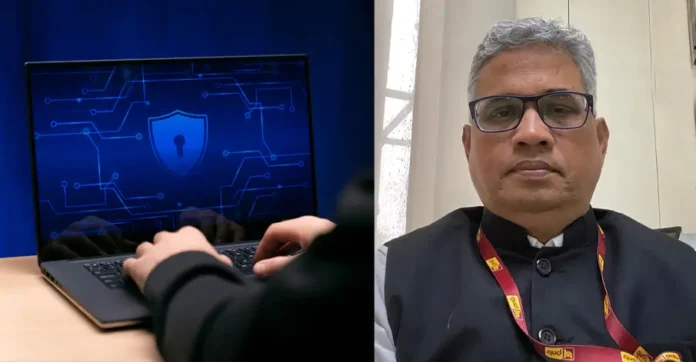
Banking environments are more at risk of cyber threats than ever. Reliance on classic perimeter-based security models now only addresses a fraction of the risks. The traditional ‘trust but verify’ model which assumes trust within the network once authenticated is now giving way to the revolutionary Zero Trust Security model, built on the foundation of an assumed breach approach. This model operates on the principle of “never trust, always verify,” ensuring that every access request is scrutinized regardless of its origin. The evolving threat landscape, increased attack surface, changing regulatory compliances and the sensitive nature of banking dealings make zero trust security pivotal. Here are the core tenets of implementing a zero trust security model in banking environments:
Micro-segmentation of Networks
Micro-segmentation essentially divides the network and resources into multiple segments. Since banking institutions hold extremely sensitive information, this approach prevents the lateral movement of attackers even if they breach the perimeter. By minimizing the attacker’s access to financial data, potentially preventing or at least reducing the harm caused.
Continuous identity verification
The Zero Trust Security model in banking environments thrives on the principle of continuous identity verification. It emphasizes that all users, irrespective of whether inside or outside the bank’s network, must be continuously authorized, authenticated and validated for any access. Logins and authentications are time-bound in nature and require revalidation at frequent intervals. Continuous verification is supported by diversifying the methods of validation, including multi-factor authentication (MFA), biometric verification, and behavioural analytics.
Secure access service edge (SASE) frameworks
Secure Access Service Edge (SASE) frameworks play a pivotal role in the implementation of the Zero Trust Security model in banking environments. SASE combines wide area networking elements with various network security capabilities, providing a cloud-based security offering to address emerging cyber threats. Together with the Zero Trust security model, SASE ensures security and complete visibility across distributed connection points, in a centralized manner. From a banking perspective, it ensures safe and secure access to all financial systems and data from any location, facilitating remote work and mobile banking, by incorporating robust security measures into a unified solution. SASE and Zero Trust model complement each other to maintain high uptime, enforce strict security controls for employees, contractors and vendors and help financial institutions replace cost-intensive legacy security systems.
The Zero Trust Security Model represents a paradigm shift from conventional perimeter network security, particularly suited to the high-stakes environment of banking. With a surge in the volume and sophistication of cyber-attacks, adopting a Zero Trust strategy ensures that every access request is scrutinized, every segment is secured, and every identity is continuously verified. This approach nurtures security and resilience, safeguarding financial assets and reinforcing trust in banking institutions.






